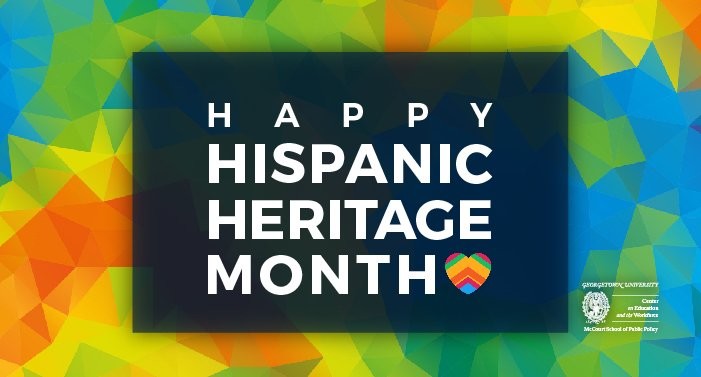
Reflecting on Hispanic/Latino education and career opportunities
The number of Hispanic/Latinos in the US has surged over the last four decades. The contributions of Hispanics/Latinos to society are numerous, and their dynamic culture is one we celebrate beyond Hispanic Heritage Month.
Over the next 10 years, there will be 55 million job openings in the US. Ten million of those will be new jobs, and 46 million will be jobs to replace retiring baby boomers. Sixty-five percent of these jobs will require education beyond high school. The good news is more and more Hispanic/Latino students have been enrolling in postsecondary education. However, our research shows that they might be missing out on opportunities to maximize career potential. Since 1985, 72 percent of new Hispanic/Latino students have enrolled in underfunded and overcrowded two-year community colleges and open-admission four-year schools. Meanwhile, 82 percent of the nation’s new white students have enrolled in one of the 468 most selective colleges. The problem is that two-year and four-year open-admission colleges spend less money on their students and have much lower graduation rates. The average student at a selective college has a 82 percent chance of graduating, while the average student at an open-access college only has a 49 percent chance of graduating.
So, why don’t more of these students enroll in selective schools? Many people will say that preparation is the problem, but that’s way overstated. There are nearly 100,000 Hispanic/Latino students qualified to attend the top 468 universities who don’t actually attend them. The reasons are many, including barriers to financial aid and a lack of adequate college planning information. Our Diversity Initiative seeks to equip Hispanic/Latino students, parents, and counselors with the tools to answer questions about life after high school and guide productive discussions about possible careers and what will be required to achieve them.
The fact remains, Hispanics/Latinos who have not had access to economic resources over generations receive high benefit from earning a Bachelor’s degree to boost annual salaries. College majors do not perfectly align with occupations, but they do influence lifetime earnings.
Today, a college education is the gateway to the middle class. And while everyone’s path after high school is different, it’s equally important. We are taking steps to narrow the information gap. Our website has resources on growing and in-demand fields that don’t require a Bachelor’s degree. Our interactive web tool compares college majors and future salaries. We hope that Hispanic/Latino students will find the information they need to help them build their happiest, most productive future. And we look forward to seeing what that future brings.
Dr. Carnevale is Director and Research Professor of the Georgetown University Center on Education and the Workforce, an independent, nonprofit research and policy institute affiliated with the Georgetown McCourt School of Public Policy that studies the link between education, career qualifications, and workforce demands.
Adult Education Bilingual Professional
7yGracias Carnevale 😀